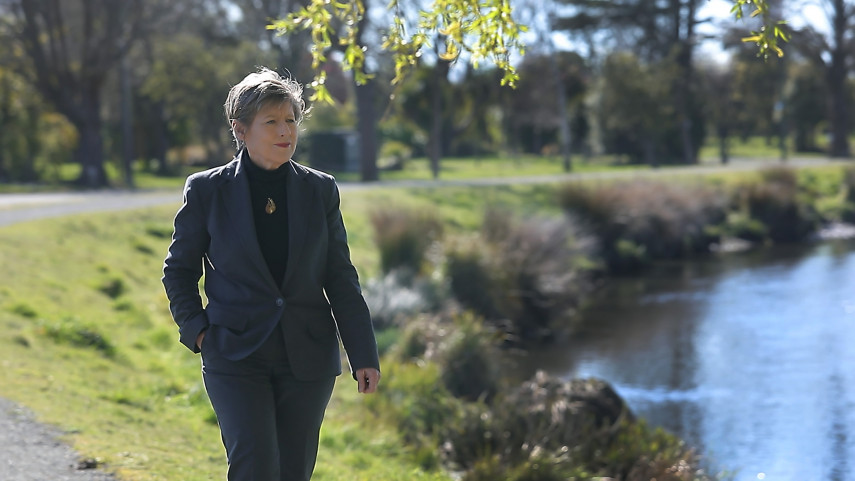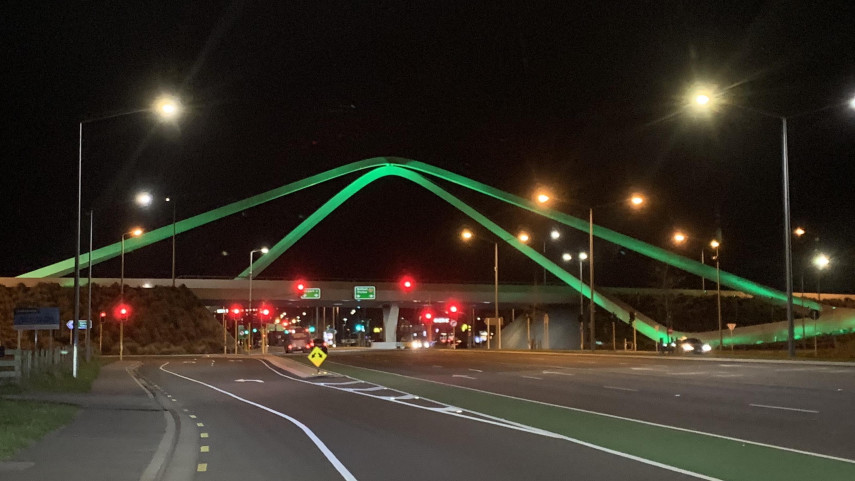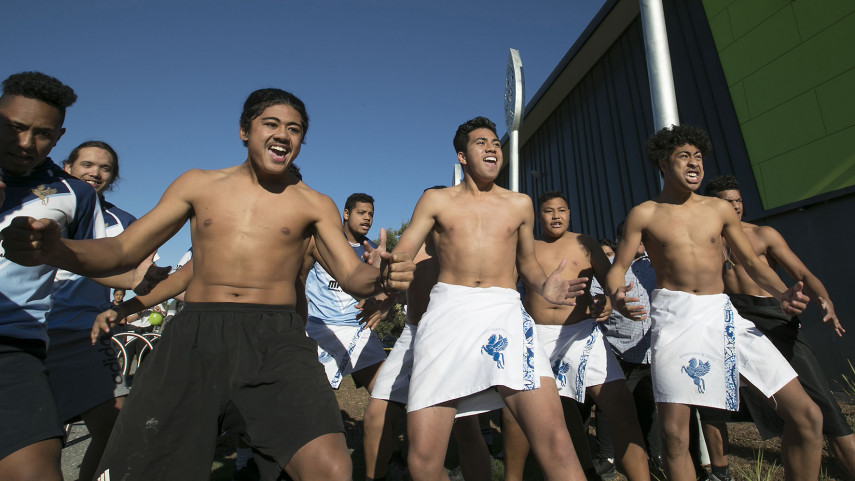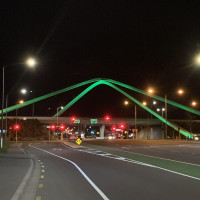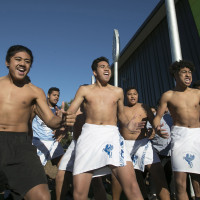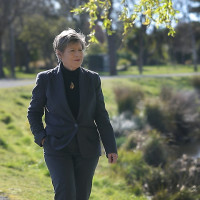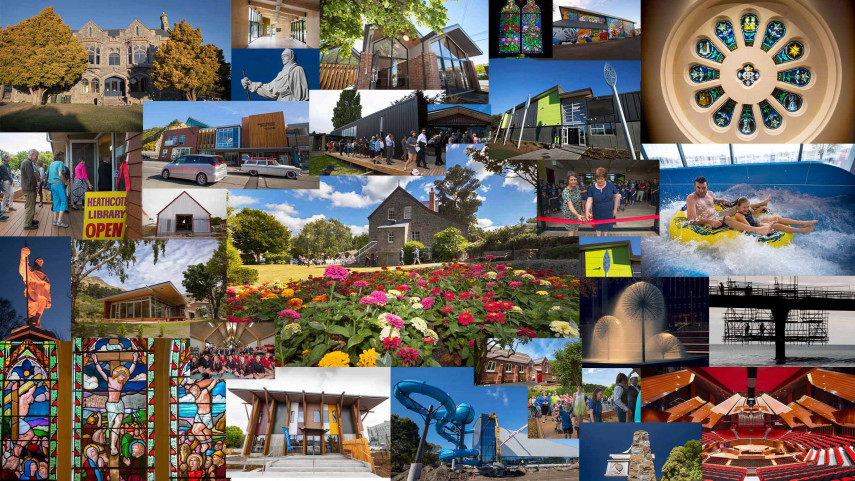
Post-quake rebuild puts Christchurch back together

Share this story
Several hundred suburban facilities have been repaired and rebuilt across the city, including heritage buildings, libraries and community centres, at a cost of more than $150 million in the decade since the devastating Canterbury earthquakes.
What opened when?
Some of the community and major facilities opened (or reopened) to the public since the 2010/2011 earthquakes include:
2020
Opawa Public Library
Manuka Cottage
2019
Riccarton Community Centre
Risingholme Homestead
Parklands Library
Christchurch Town Hall
2018
Nurses' Memorial Chapel
Woolston Community Library
Rose Historic Chapel
Taiora: QEII Recreation and Sport Centre
Tūranga Central Library
2017
Mona Vale Gatehouse
Matuku Takotako: Sumner Centre
Ōrauwhata: Bishopdale Library and Community Centre
Sign of the Takahe
Halswell Quarry – Old Stone House
2016
Governors Bay Community Centre
Redcliffs Public Library
Mona Vale Homestead (repair and strengthening)
St Martins Community Centre
Edgar MacIntosh Park paddling pool
Sign of the Kiwi (repairs and strengthening)
Aranui Wainoni Community Centre
2015
Botanic Gardens Tea Kiosk
Edmonds Clock Tower
Waltham Summer Pool
Christchurch Art Gallery
2014
Scarborough Paddling Pool
Victoria Clock Tower (Jubilee Clock)
Riccarton House
2012
YHA Christchurch Rolleston House (repairs and strengthening)
Curator's House (repairs and strengthening)
In addition, many popular civic buildings, including the Christchurch Town Hall, Tūranga Central Library and Taiora: QEII Recreation and Sport Centre have been repaired or built from scratch at a cost of $403 million.
From skate parks and paddling pools up to more major structures, they are all places where people come together to exercise, play, relax, socialise and learn.
Darren Moses, Christchurch City Council’s Manager of Capital Delivery Community, who has steered the programme to rebuild suburban facilities for 10 years since the quakes, is impressed with what has been achieved.
His team’s completed projects include 900 community assets such as pools, libraries and community centres, 75 restored heritage buildings such as Mona Vale, the Sign of the Takahe and Sign of the Kiwi, and the repair and refurbishment of more than 1000 Council-owned social housing units.
“I genuinely felt like we were rebuilding neighbourhoods,” Mr Moses says. “These are the places where people gather and connect as a community and people really missed them after the quakes.
“I feel supremely proud of what the team has done. For me, it’s been a decade of public service but that’s what I like. It hasn’t been easy but when I look back at it now, it’s awesome. Everyone is proud to be able to put their name on this.”
Work on the massive rebuild began in late 2014 after months of engineering assessments, insurance claims and extensive demolition.
One of the most memorable for Mr Moses was the Aranui Wainoni Community Centre, which opened in May 2016. “I think what made it stand out for me was the sense of full community engagement and excitement about the future.”
The rebuild programme was planned, managed and delivered by the Council but it was also community led, he says.
“We always engaged with local communities and asked them what they needed and wanted when we were developing their facilities. I think it’s been a very successful partnership with the citizens of Christchurch.
“Along the way we’ve won national architecture awards and heritage awards, but more importantly, we’ve put people back together and created neighbourhoods, by rebuilding suburban pools, libraries and community centres.”
On a larger scale, the Council has repaired and rebuilt the heritage Christchurch Town Hall, which reopened in early 2019, repaired the Christchurch Art Gallery after a five-year closure, and demolished and rebuilt the Lichfield St Car Park.
The new $38.6 million Taiora: QEII Recreation and Sport Centre opened under budget and ahead of schedule in 2018, replacing the old Queen Elizabeth II Park, demolished in 2012. The centre had 800,000 visitors in its first year.
The $92 million Tūranga Central Library was described as a “massive game-changer for the city” by Mayor Lianne Dalziel when it opened in Cathedral Square in 2018. It has won several architecture awards since then, and attracted a million visitors in its first year.
Council Manager of Capital Delivery Major Facilities Alistair Pearson says they have been catalyst projects helping to kick-start regeneration of the city.
“When these centres open they are a huge morale boost for residents, making the city a more enjoyable, connected place to live. We’re all proud to work on projects that have such a big impact.
“There’s more to come, and we’re excited to have the Performing Arts Precinct - including a new home for the Court Theatre - the Hornby facility, Linwood Pool, Canterbury Multi-Use Arena and Metro Sports Facility on our to-do list.”
The total project financial budget for active Major Facilities projects is about $777 million, on top of the $403 million already spent.
The Council also completed the demolition of the quake-damaged Lancaster Park Stadium – believed to be the biggest demolition project in the country – at the end of last year and planning is underway to redevelop it into community sports fields.

